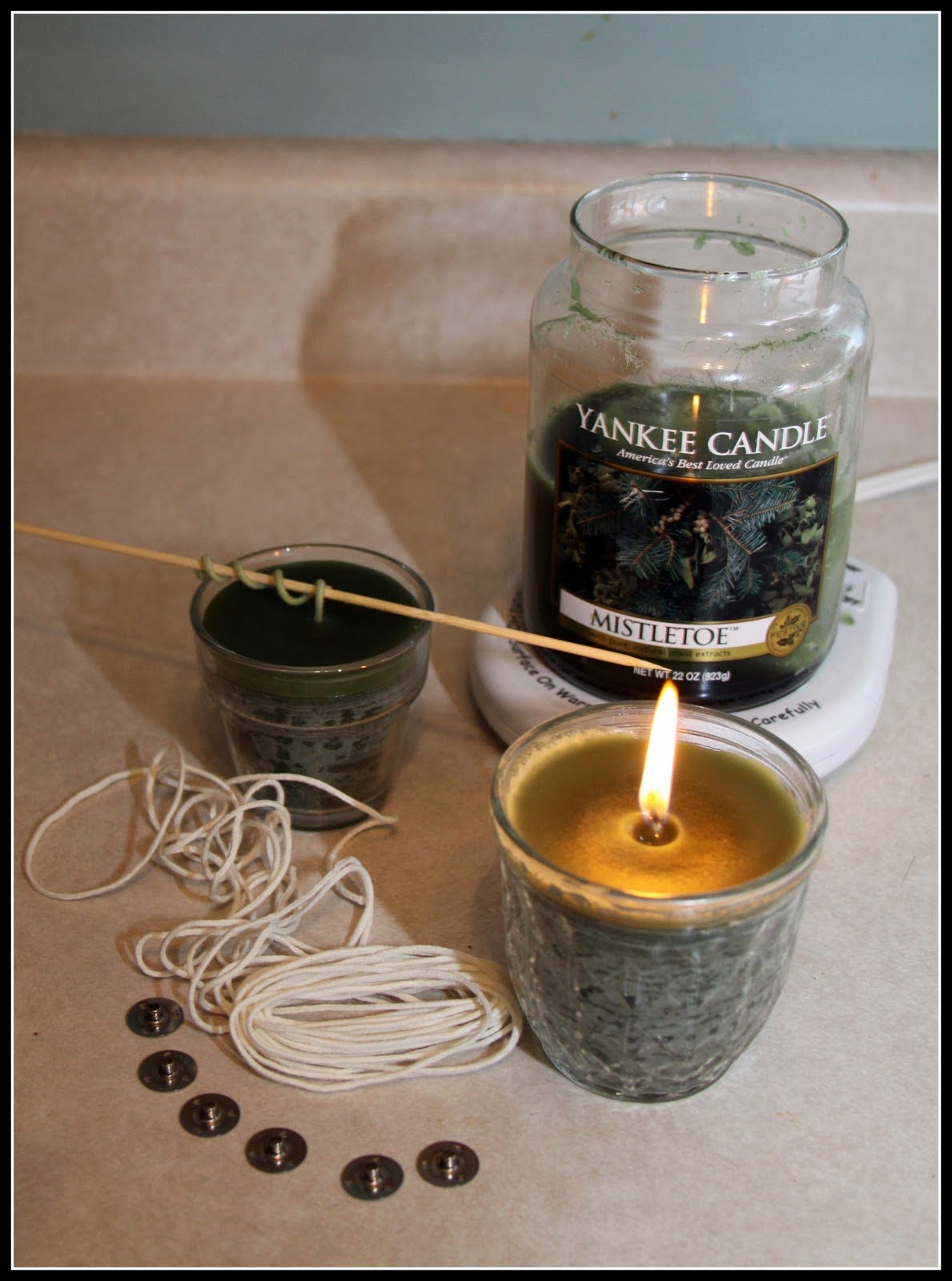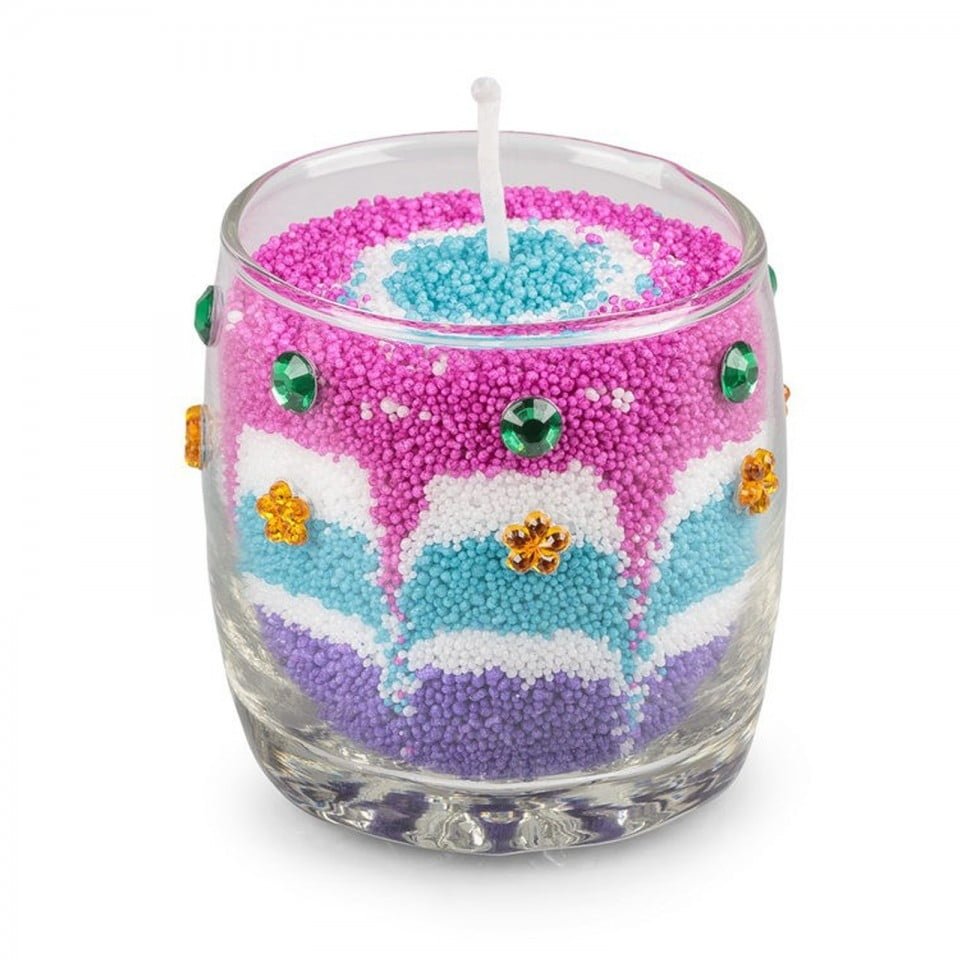Candle making has become a popular and fulfilling hobby for many individuals, allowing them to create unique and personalized candles for relaxation, decor, and ambiance. While traditional candle wax is commonly used in this craft, there is a growing interest in the use of alternative materials, including crayon wax. The question “Is crayon wax safe for candle making when burned?” is a relevant and important consideration for those who enjoy creating their own candles.
Before delving into the safety concerns and properties of crayon wax, it’s essential to understand its history and composition. Crayons have been a staple art supply for decades, composed primarily of paraffin wax with added pigments for color. This versatile material has also found its way into various DIY projects and crafts, including candle making.
While the use of crayon wax may offer vibrant colors and creative possibilities for candle making, there are pertinent safety concerns that must be addressed. As with any craft involving open flames, it is crucial to prioritize the safety of both the producer and end-users. Consequently, exploring the potential risks associated with burning crayon wax is paramount in determining its suitability for candle making.
History of Crayon Wax
Crayon wax, as we know it today, has a rich history that dates back to centuries ago. In ancient times, Egyptians used a form of crayon made with beeswax, while the modern crayon we are familiar with was developed in Europe in the 19th century.
It was not until the early 20th century that non-toxic and safe crayons were mass-produced for children’s use. The composition of crayon wax typically includes paraffin wax and color pigments, which provide the vibrant hues we associate with these drawing tools.
The use of crayon wax extends beyond coloring and drawing activities. Over the years, crafters and do-it-yourself enthusiasts have explored various ways to utilize crayon wax in their projects. From creating colorful wax seals to making homemade lip balms, crayon wax has found its way into numerous creative endeavors. In the realm of candle making, some individuals have experimented with using crayon wax as an alternative to traditional candle waxes.
As with any material used for candle making, safety concerns must be carefully considered. The question arises: is crayon wax safe for candle making when burned? This issue prompts a closer examination of the properties of crayon wax and its potential impact when used in candles. Despite its versatility in arts and crafts, there are important factors to take into account regarding the safety of using crayon wax for candle making purposes.
Safety Concerns
When it comes to candle making, safety should always be a top priority. Using safe and non-toxic materials is essential for ensuring that the candles you create are not only beautiful but also harmless when burned. This section will address the safety concerns associated with using crayon wax for candle making.
Importance of Safe Materials
The materials used in candle making can have a direct impact on air quality and overall safety. As such, it is crucial to choose ingredients that are specifically designed for candle making to ensure that the end result is safe to burn. While crayons may seem like a convenient option for adding color to your candles, it’s important to consider whether crayon wax is safe for candle making when burned.
Potential Risks of Using Crayon Wax
One of the primary concerns regarding the use of crayon wax in candle making is the potential release of harmful chemicals when the candle is burned. Crayons are not formulated for use in candles, and their composition may include dyes and additives that could produce toxic fumes when heated. Additionally, burning crayon wax may lead to poor combustion and soot formation, which can contribute to indoor air pollution.
In light of these safety concerns, it is advisable to explore alternative options for coloring your candles while prioritizing the use of waxes that are specifically designed for candle making. By doing so, you can create beautiful, fragrant candles without compromising on safety or air quality.
Properties of Crayon Wax
Crayon wax is a popular choice for those who enjoy making candles at home. While traditional candle wax like paraffin and soy are widely used, crayon wax is becoming increasingly popular due to its vibrant colors and affordability. However, it is important to understand the properties of crayon wax and how it differs from traditional candle wax in order to determine if it is safe for candle making when burned.
Composition and Melting Point
Crayon wax is typically made from a combination of paraffin wax, color pigments, and additives to give it its smooth texture. The melting point of crayon wax can vary depending on the brand, but it generally ranges from 120 to 150 degrees Fahrenheit. This lower melting point makes it easier for beginners to work with when making candles at home.
Differences From Traditional Candle Wax
Unlike traditional candle wax that is specifically formulated for burning and releasing fragrance, crayon wax does not have the same properties. Crayons are designed for coloring and drawing purposes, not for burning as a fuel source. When burned, crayon wax may produce more soot and smoke compared to traditional candle waxes like soy or beeswax.
Is Crayon Wax Safe for Candle Making When Burned?
The question remains: Is crayon wax safe for candle making when burned? While crayons are non-toxic when used as intended for coloring activities, there are safety concerns when using crayon wax in candles. When burned, the chemical composition of crayon wax may release harmful toxins into the air, affecting indoor air quality.
Additionally, the additives used in crayons may not be suitable for burning and could pose health risks when inhaled. Therefore, it is important to consider these factors before deciding to use crayon wax for candle making.
Effects of Burning Crayon Wax
When it comes to the effects of burning crayon wax, it is important to consider the potential impact on air quality and overall safety. Many people are drawn to using crayon wax for candle making due to its vibrant colors and affordability, but there are significant concerns regarding its suitability for this purpose.
One of the primary concerns surrounding the use of crayon wax for candle making is the potential release of toxic fumes when burned. Crayons are not designed to be burned like traditional candle wax, and as a result, they may emit harmful chemicals when used in this manner. The combustion of crayon wax can release volatile organic compounds (VOCs) and other hazardous substances into the air, which can negatively affect indoor air quality and pose health risks to those nearby.
In addition to the potential impact on air quality, burning crayon wax can also result in uneven and inefficient burning compared to traditional candle waxes. The composition of crayons is not optimized for clean and consistent burning, which could lead to issues such as excessive smoking or soot production. These factors should be carefully considered by anyone contemplating the use of crayon wax for candle making.
According to research and experiments conducted by experts in the industry, burning crayon wax can indeed have adverse effects on air quality and may pose health hazards. This highlights the importance of using safe materials specifically designed for candle making in order to minimize any potential risks associated with burning candles at home.
| Impact | Concerns |
|---|---|
| Release of toxic fumes | Potential health risks |
| Inefficient burning | Uneven burn, smoking, and soot production |
| Negative impact on air quality | Volatile Organic Compounds (VOCs) emission |
Alternatives to Crayon Wax
When it comes to making candles, there are several alternatives to using crayon wax as a coloring agent. One popular alternative is soy wax, which is derived from soybean oil and is known for its clean and long-lasting burn. Another option is beeswax, a natural and renewable material that has a sweet scent when burned. Additionally, paraffin wax, which is derived from petroleum, is commonly used in candle making and comes in various colors and scents.
Soy wax is becoming increasingly popular among candle makers due to its eco-friendly nature and ability to hold fragrance well. It is also known for producing less soot when burned compared to other types of wax.
Beeswax, on the other hand, is a natural air purifier when burned and has a naturally sweet aroma without the need for additional fragrances. Paraffin wax offers versatility in terms of color and fragrance options and has a lower melting point than other waxes, making it easier to work with.
In comparison to crayon wax, these alternatives provide safer options for candle making when it comes to burning. While crayon wax may seem like a convenient choice for adding color to candles, the potential risks associated with burning crayons as candles should not be overlooked. The safety of individuals who will be exposed to the fumes while burning the candles should be prioritized.
| Wax Type | Key Characteristics |
|---|---|
| Soy Wax | Eco-friendly, produces less soot, holds fragrance well |
| Beeswax | Natural air purifier, sweet aroma without added fragrances |
| Paraffin Wax | Versatile in color and fragrance options, lower melting point for ease of use |
Research and Experiments
When it comes to using crayon wax for candle making, there is a growing concern about the safety of burning this type of wax. Many hobbyists and DIY enthusiasts have turned to crayons as an alternative to traditional candle wax due to their affordability and vibrant colors. However, before using crayon wax for candle making, it is important to consider the potential risks and safety concerns associated with burning this type of wax.
To address the question “Is crayon wax safe for candle making when burned?” several studies and experiments have been conducted to examine the effects of burning crayon wax on air quality and potential health hazards. Researchers have analyzed the composition of crayon wax, its melting point, and how it differs from traditional candle wax. The findings of these studies provide valuable insights into whether using crayon wax for candle making is a safe practice or not.
Based on research and experiments, it has been found that burning crayon wax can release harmful chemicals into the air when compared to traditional candle waxes. This can lead to poor indoor air quality and potential health risks, especially when candles made with crayon wax are burned in enclosed spaces.
Additionally, experts in the candle making industry recommend avoiding the use of crayon wax due to its negative impact on air quality and potential health hazards. If wanting to make candles at home, it is advisable to explore other types of natural and non-toxic waxes that are safe for burning.
- Using natural soy or beeswax
- Paraffin wax as a safer alternative
- Consider experimenting with essential oils for adding fragrance while keeping your candles safe.
Conclusion
In conclusion, the question “Is crayon wax safe for candle making when burned?” is a complex one that requires careful consideration. While crayon wax may have been used in the past for homemade candles, it is important to prioritize safety when it comes to candle making. The properties of crayon wax, including its composition and potential health hazards when burned, raise valid concerns about its suitability for use in candles.
Considering the potential risks associated with burning crayon wax, it may be best to explore alternative options for candle making. There are various types of wax available that are specifically designed for this purpose, such as soy wax, beeswax, and paraffin wax. These alternatives offer the benefit of being natural and non-toxic, which can provide peace of mind for those concerned about the safety of their candles.
Ultimately, while there may be some DIY enthusiasts who have successfully used crayon wax for candle making without adverse effects, it is essential to prioritize safety and well-being. It is advisable to opt for materials that have been specifically formulated and tested for use in candles. By choosing safer alternatives and following best practices for candle making, hobbyists can enjoy this creative craft while minimizing any potential risks to their health and indoor air quality.
Frequently Asked Questions
Is It Safe to Burn Crayons as Candles?
Burning crayons as candles is not safe. Crayons are made of wax and do not have the same properties as traditional candle wax. They can produce more smoke, have a lower melting point, and the wick may not burn correctly. This can lead to a fire hazard and should be avoided.
Can Wax Crayons Be Used in Candle Making?
While it is possible to use wax crayons in candle making, it is not recommended. Wax crayons are not designed for use as candles and may not burn safely or effectively. They also contain pigments and additives that are not meant for burning, which can release harmful chemicals when heated.
Can Crayons Be Used as Emergency Candles?
Crayons can be used as emergency candles in a pinch, but they are not the safest option. They may produce more smoke and soot than traditional candles, and the flame may be less stable. It’s better to use actual emergency candles or other safe alternatives in case of an emergency.

Welcome to my candle making blog! In this blog, I will be sharing my tips and tricks for making candles. I will also be sharing some of my favorite recipes.





